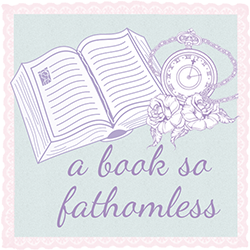The Line Between Reality and Fiction
by Kimberly Castillo
The Convenience of Lies is based on my own experiences, so much so that during one of the drafts I was even questioning if I should call it fiction or nonfiction.
I started writing this book with wanting to depict what really happened as closely as possible. And so, the AIM conversations the characters have throughout the story are virtually copy pasted from real conversations that actually happened. Some of the other pieces of dialogue are verbatim what the characters actually said in real life. For example, Tyler’s response to Mackenzie’s query for more poker chips in first chapter, “No! You’ve already lost all of your money, AND lost all of the money I gave you, to me.” Additionally, I drew largely from my diary in order to remember as many details as exactly as possible.
The problem with my approach was that reality does not make good stories. Reading transcriptions of a court proceeding are only so interesting. And so, at a certain point I had to break from trying to write EXACTLY what happened in order to create a story people wanted to read. Making this transition was a bit of a process in itself for me.
The first break from reality started with changing the character’s names, and I did that so that nobody could sue me for libel. With that being said, it may come as a surprise that I did not change the names in the first draft of this book because I didn’t want to confuse which character was who as I was writing it. And this alludes to my second break from reality. There were too many people in real life such that it provided too many characters and was an unnecessary distractor. And so I condensed some characters into one person. Most of the main characters were not condensed, except for Shane. He represents two people from real life. I have to admit, I mostly just used the house of one person and the personality of another. Every time I think about this I feel a little guilty. I found all the way through the last edit of the book I was discovering different ways I could condense characters, and each time I did, the story was better for it.
After a while I realized part of my fixation with writing about reality was because I didn’t have the confidence to write something that was completely fictional. And this was a fear I had to face when it came to writing the chapter inserts. There are four chapter inserts throughout the novel that are told through the perspective of our antagonist, The King. Initially I tried to take what is now the fourth chapter insert and break it into four parts. And so, the chapter inserts were only a few sentences long each, at most. When I handed the novel to my first pass reader, Jenica Wallman, she HATED the chapter inserts and vehemently told me I must remove them. This was when I realized I needed to overcome my fear of writing what I didn’t experience. Of course, I started this quest with what I knew best – reality. I researched the traits typically found in people who have antisocial personality to help me get inside the head of The King. Then I had to decide which crime to describe in each chapter and how to tie them all together. Now that I was armed, I felt comfortable with writing some true fiction.
The power of fiction is that it allows writers to draw connections within reality that could not be forged otherwise. And so, I found that once I embraced the fact that my book was fiction, I was free to craft a meaningful story worth telling.




